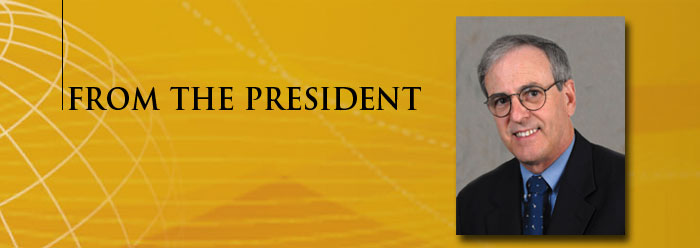In Journal of Creation 31(2): 61-70
Homo naledi is the most recent claim of a human ancestor. Since its announcement, the question of what the bones truly represent has been under constant scrutiny. The discovering scientists have also proposed that bones were deliberately placed there over an extended period of time by living Homo naledi in some sort of burial ritual. However, they did recognize that mass mortality due to a deathtrap is possible.
This paper reviews the detailed geological reports of the cave site. A new disposal interpretation is proposed after recognizing that most of the bone-bearing sedimentary units described in the geological reports could have been deposited simultaneously. The emplacement of H. naledi bones can then be explained by a flooding of the cave system, or even a few, closely spaced flood events, which transported suspended sediment and floating remains downward into the Dinaledi and Lesedi Chambers, creating bone beds in each location.
The discovery of an additional 131 bone specimens of Homo naledi in a nearby cave within the same cave system seems to reduce the likelihood of deliberate body caching in the Dinaledi Chamber. Instead, the two separate sites suggest H. naledi remains were likely transported in by similar processes to both chambers in a deathtrap or mass mortality scenario.
In this interpretation, no body caching over an extended period of time is necessary. The emplacement of H. naledi remains may simply represent nothing more than an Ice Age flooding episode of the cave system, revealing very little about past behaviour. Any attempt to humanize these bones by claiming Homo naledi had behaviour like humans is unfounded and premature.
Click here to read the full article text.
















